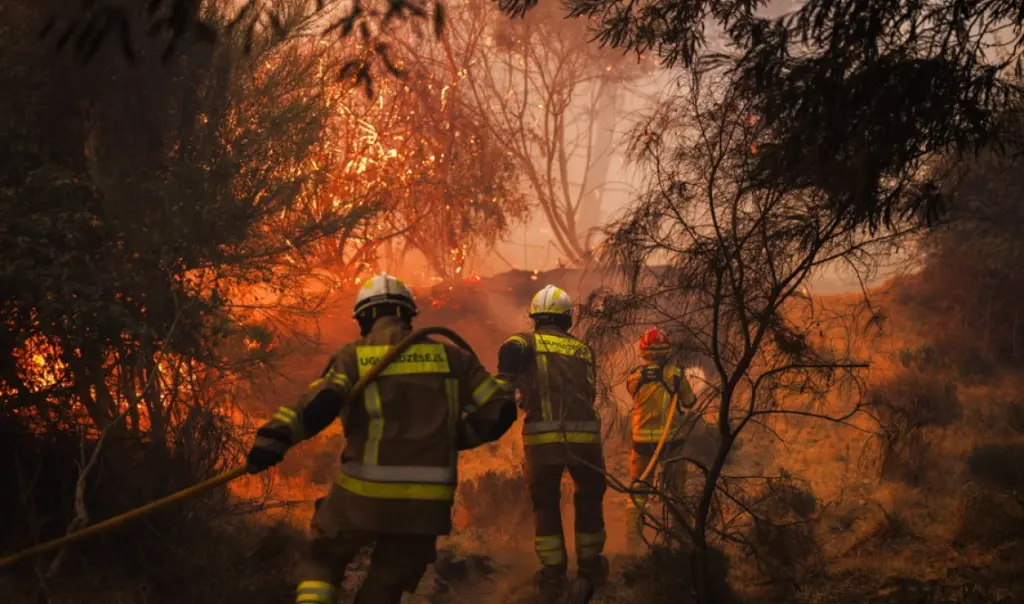New research reveals how the climate crisis doesn’t just affect temperatures and rainfall, but also the frequency of lightning strikes, which are causing increasingly devastating wildfires worldwide. According to reports, lightning-sparked fires are expected to increase dramatically in coming years, with massive consequences for public health and safety.
Read: Meteo: Over 470,000 burned acres during 2025 – The 8 largest fires
Climate crisis: New study predicts 98% more lightning-caused wildfires
Specifically, fires caused by human negligence are more often detected near populated areas and are usually controlled more quickly. In contrast, lightning fires break out in remote locations, spread faster and often result in massive catastrophes.
This means more tons of smoke in the atmosphere and more serious air quality problems.
The situation in USA, Europe and Canada
Reports indicate that in California, USA, thousands of lightning strikes within hours caused at least 20 new wildfires, burning tens of thousands of acres. In Europe, this year’s fire season is already characterized as the worst in history, with Spain losing vast forest areas due to lightning strikes. Meanwhile, in Canada, wildfires have destroyed more than double the average forest area this year, with 70% of incidents attributed to lightning.
Climate scientist Dmitri Kalashnikov and his team at the University of California developed an AI model that combines changes in lightning frequency with parameters like temperature, humidity, winds and soil moisture. The conclusion? 98% of western American regions will experience increased lightning fires within the coming decades.
Health and society at the center
- Wildfire smoke is already responsible for approximately 1,000 deaths annually in the USA. If the trend continues, by mid-century deaths could exceed 20,000 annually.
- Lightning also increases the risk of floods and landslides in burned areas.
- Black soot from smoke can cover glaciers in Canada, Greenland and Europe, accelerating their melting.
Firefighting resources are already limited, with thousands of vacant positions in US services. Lightning can simultaneously cause dozens of fires, quickly exhausting available resources. When flames reach populated areas, the consequences are incalculable.
Expert Max Moritz suggests changes in how cities are built in high-risk areas: fire-resistant construction and agricultural zones around settlements to serve as natural “walls” against fire.




